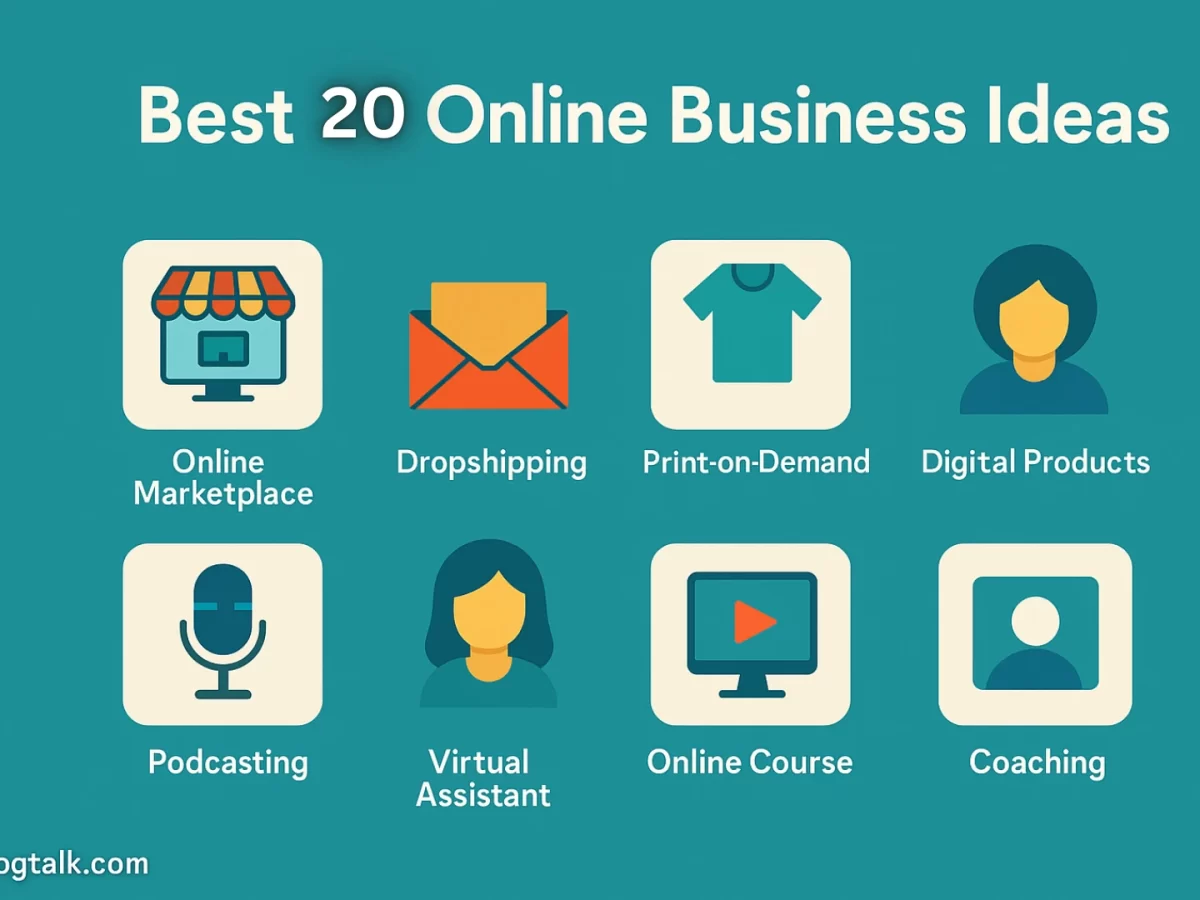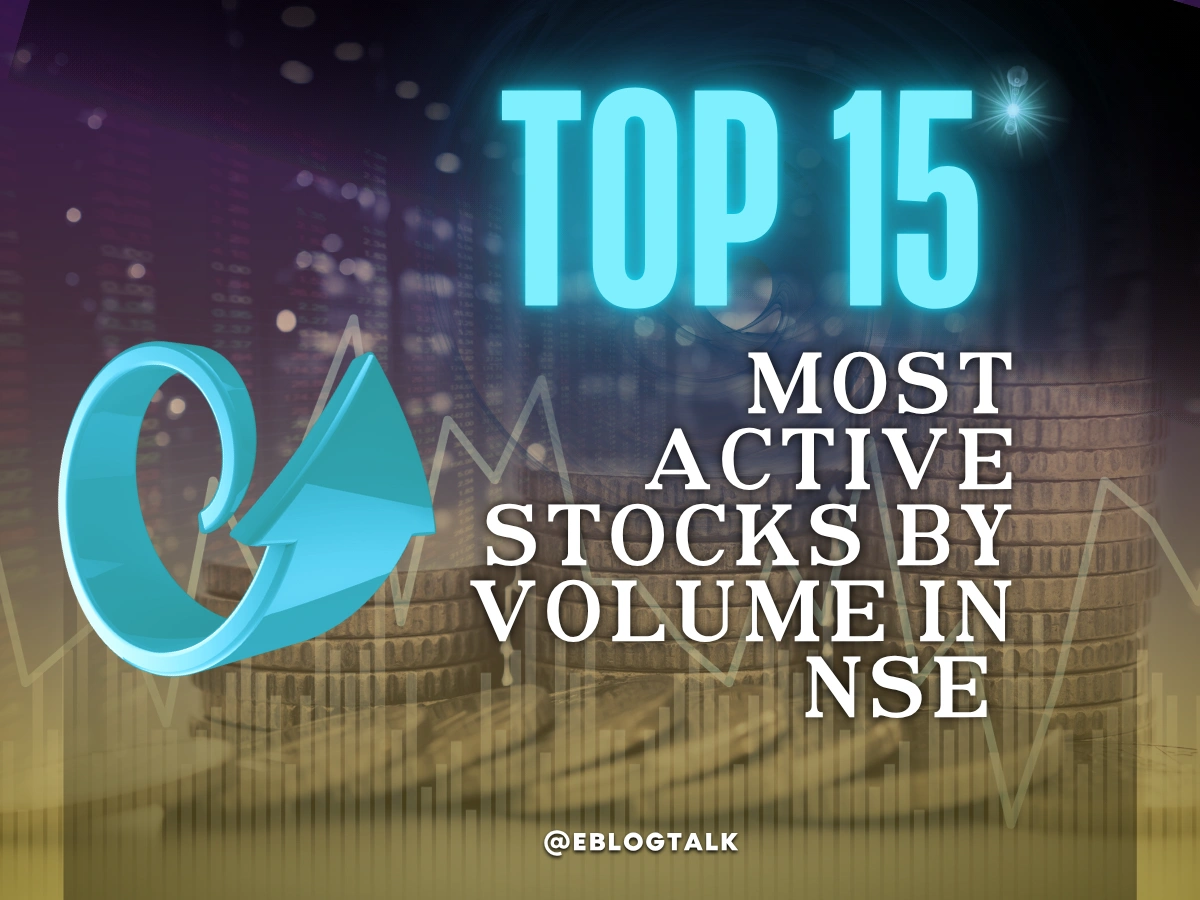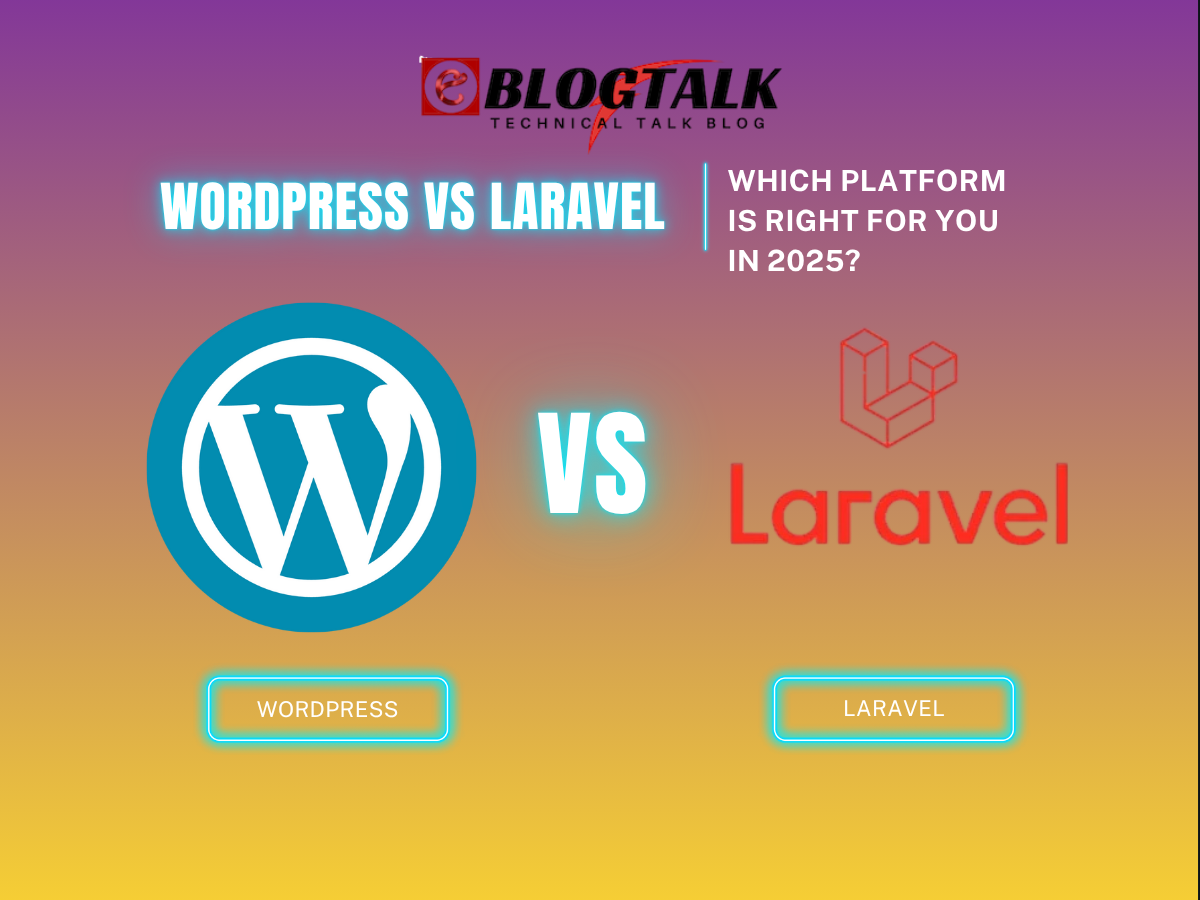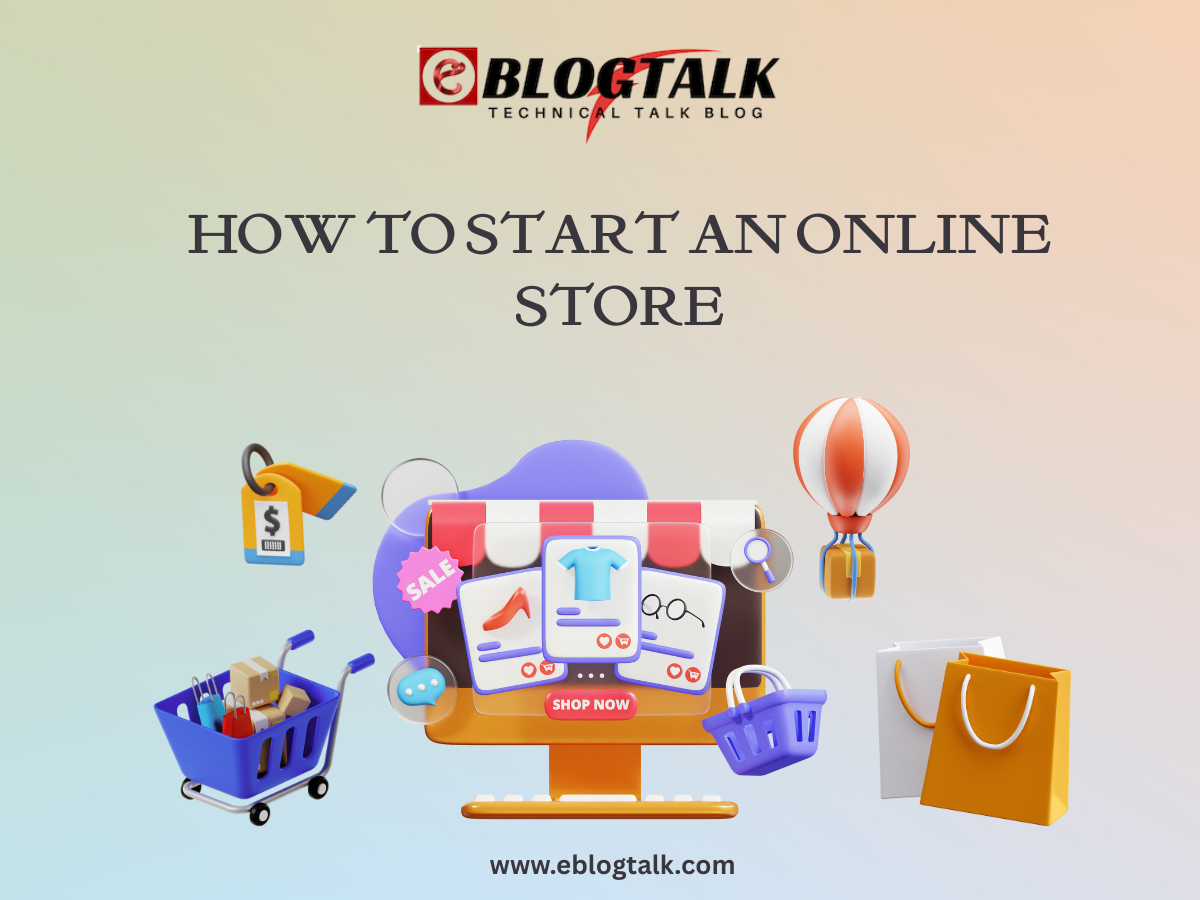Page speed is a ranking factor on search engines, such as Google, and that is why a delay of even a single second can lead to poor visibility and a loss of traffic. Additionally, more users will abandon your site if it takes too long to load, especially on mobile devices.
In this guide, we will take you through some of the surefire ways to enhance the page speed of your site. Whether it’s optimizing images or using browser caching, each of these tips aims to make your site faster and more responsive.
- What is Page Speed?
- How to Evaluate Page Speed?
- Improving Page Load Speed: Best SEO Practices
- 1. Optimise Images for Web
- 2. Leverage Browser Caching
- 3. Minify CSS, JavaScript, and HTML
- 4. Enable Gzip Compression
- 5. Utilise Content Delivery Network (CDN)
- 6. Reduce HTTP Requests
- 7. Implement Lazy Loading
- 8. Improve Server Response Time
- 9. Clean Up and Optimise Your Database
- 10. Prioritise Above-the-Fold Content (Critical CSS)
- Benefits of Improving Page Speed
- Conclusion
- Improving Page Speed of a Website FAQs
- Is Page Speed an Important Ranking Factor?
- Evaluating Page Speed
- Page Load Time Measurements
- Importance of Page Speed for SEO
- User Experience and Engagement
- Page Speed as a Google Ranking Factor
- Mobile Page Speed Optimization
- Measuring and Improving Page Speed with Tools
- Practical Tips for Improving Page Speed
- The ROI of Fast Page Speeds
- Improving Page Speed: SEO Best Practices
- FAQS About Page Speed
What is Page Speed?
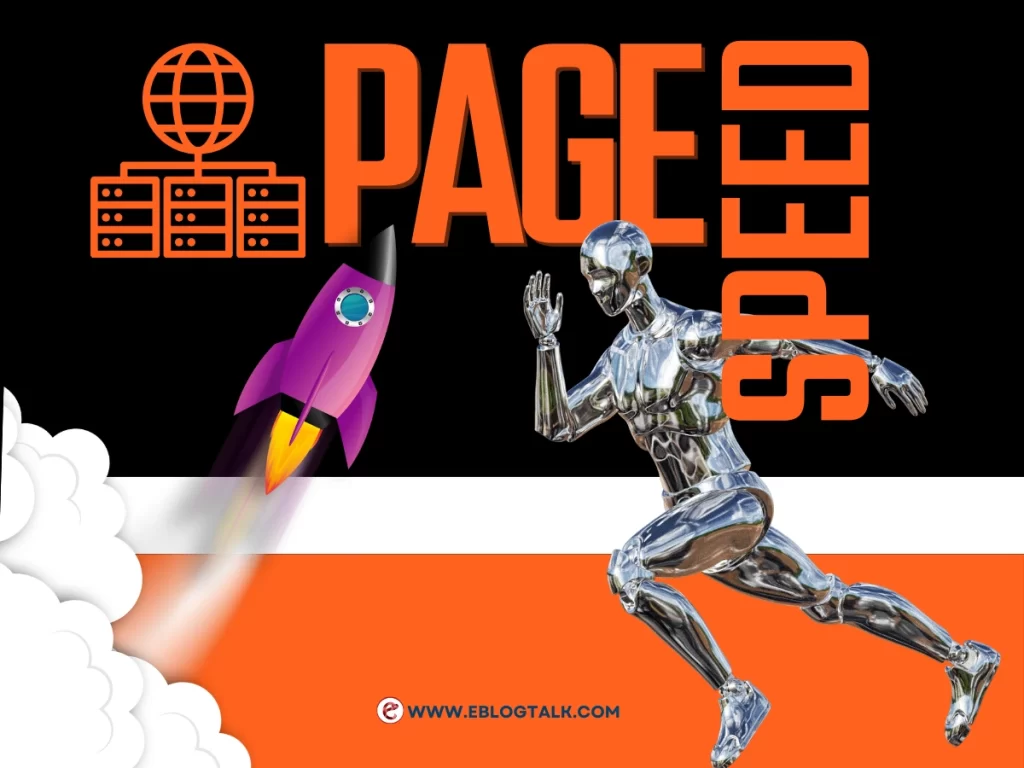
The time it takes for a web page to be completely loaded and interpreted by users is known as page speed. It is commonly quantified in terms of the speed at which the browser can display content that we can use (First Contentful Paint) and the time it takes for the page to become fully interactive (Time to Interactive). Compared to the general speed of websites, page speed refers to the performance of individual pages rather than the entire site.
It impacts on user experience and SEO. A quick-loading page retains visitors, and a slow one may send them away. Page speed is also a ranking factor, and it has a direct impact on the visibility of your site in Google search engine results.
Page speed is dependent on various factors, including image size, server response time, JavaScript execution and caching. Optimizing these factors ensures faster loading times and improved performance across multiple devices.
How to Evaluate Page Speed?
Page speed measurement requires the use of specialized tools and performance indicators to determine how quickly your website loads and operates. Google PageSpeed Insights is one of the most popular tools that provides specific scores and recommendations to consider. Additional helpful applications to use are GTmetrix, Lighthouse, and WebPageTest.
Key metrics to analyze include:
- First Contentful Paint (FCP): When users see the first visual content.
- Largest Contentful Paint (LCP): When the main content becomes visible.
- Time to Interactive (TTI): The point at which the page is fully usable.
- Total Blocking Time (TBT): How much time do scripts block user interaction?
These tools provide mobile and desktop performance statistics, enabling you to optimize your experience across devices. They also highlight areas such as image optimization, unused CSS and JavaScript, server delays, and caching, among others.
Monitoring page speed regularly will help you be proactive in ensuring that your site is fast and responsive to user needs and search engine optimization.
More Resources:
Successful Entrepreneurs in India 2025
Young Entrepreneurs in India
MBA Chai Wala Net Worth 2025
Vivek Bindra Net Worth 2025
Aman Gupta Net Worth 2025
Emiway Bantai’s Net Worth 2025
Archana Puran Singh Net Worth 2025
Improving Page Load Speed: Best SEO Practices
A Slow-loading site can result in increased bounce rates, reduced average time on page and a massive decline in conversions. That is why optioptimizationwebsite’s performance is not only a technical improvement but also an SEO move.
Page speed can be improved without redesigning an entire site. You can achieve significant improvements with proper methods and regular auditing. Below are 8–10 of the best SEO-friendly practices to help boost your website’s load time and overall performance:
1. Optimise Images for Web
Large image files are one of the most common culprits of slow-loading pages. Images should always be compressed using tools like TinyPNG or ImageOptim. Select new formats, such as WebP, which are more compressed yet offer better quality. There is also the use of responsive images (srcset) to retrieve the right image sizes based on the device.
2. Leverage Browser Caching
Browser caching enables you to store frequently used resources (such as images, scripts, and stylesheets) on the user’s local browser. When users revisit your site, these resources do not need to be loaded again, which significantly enhances loading time. Caching can be activated through .htaccess or server settings, and expiry headers can be set to various file types.
3. Minify CSS, JavaScript, and HTML
Minification removes unnecessary characters—like spaces, comments, and line breaks—from code files. This reduces file sizes and improves loading times. Use tools like UglifyJS for JavaScript and CSSNano for CSS, or enable automatic minification via a CDN or CMS plugin like WP Rocket.
4. Enable Gzip Compression
Gzip will compress your HTML, CSS, and JavaScript files and then send them to the server, where they will be sent to the user’s browser. It will reduce file size by up to 70 percent, which in turn can make it load much quicker. The majority of web servers, such as Apache and Nginx, can compress using Gzip, which can be configured in the server config or through the use of plugins.
5. Utilise Content Delivery Network (CDN)
CDN delivers the content of your site to various servers worldwide. The user accessing your site will be served content from the server location closest to your site, thereby decreasing latency and improving load time. Well-known CDN services are Cloudflare, Amazon CloudFront, and BunnyCDN. Some other advantages of CDNs include DDoS security and caching.
6. Reduce HTTP Requests
Each time a browser loads a page, it issues HTTP requests on each of the elements: images, stylesheets, scripts and fonts. So many requests may slow down. Minimize requests by merging CSS and JS files, utilizing CSS sprites, and removing unnecessary plugins or external scripts.
7. Implement Lazy Loading
Lazy loading defers the loading of images and videos that are not in view until they are about to enter the viewport. This helps reduce the initial page load time and bandwidth consumption. Native lazy loading can be achieved by using the loading “lazy” attribute in most modern browsers, or you can use JavaScript libraries and WordPress plugins.
8. Improve Server Response Time
Your hosting company plays a crucial role in determining the speed of your site. Choose a reliable web host with a robust server infrastructure. Measure Time to First Byte (TTFB) using a tool such as GTmetrix or Pingdom. In cases of low response times, it is worth considering switching to VPS or managed hosting and deploying server-side caching, such as Varnish or Redis.
9. Clean Up and Optimise Your Database
Databases, over time, accumulate redundant information, including post revisions, spam comments, and unused tables, in the case of CMS applications such as WordPress. This can slow the performance of the servers. Clean and optimize your database regularly to improve its performance using tools such as WP-Optimize or phpMyAdmin.
10. Prioritise Above-the-Fold Content (Critical CSS)
CSS and JS are examples of render-blocking resources that may slow down above-the-fold content. To resolve this, critical CSS required to display the content that will appear on the screen first should be extracted and inlined, and non-critical CSS and JavaScript should be deferred to load after the page has been rendered. This greatly improves perceived load speed and user experience.
Other Resources:
AdSense Plugins for WordPress 2025
WordPress AntiSpam Plugins 2025
WordPress Form Builder Plugins 2025
Google Analytics Plugins For WordPress 2025
WordPress Advertising Management Plugins 2025
WordPress Cache Plugins to Improve Speed and Core Web Vitals 2025
WordPress Backup Plugins For Automated Backup 2025
Benefits of Improving Page Speed
Improving your website’s page speed offers several critical benefits, both for user experience and search engine performance. First, page load times are shortened, keeping users engaged. Research indicates that a one-second increase in load time can lead to a substantial decrease in conversions and an increase in bounce rates. An easy-to-navigate and fast-loading page encourages visitors to spend more time on the site, visit more pages, and perform necessary actions, such as signing up or making a purchase.
Page speed is a confirmed ranking factor, at least on mobile searches, from an SEO perspective. Websites with faster loading times tend to rank higher in search engines, thereby boosting visibility and organic traffic. Faster pages are also more effective for crawling, as search engine bots can index more pages in a shorter period, which is essential for large websites.
Enhanced speed minimizes server loading and bandwidth usage, which can result in cost savings for hosting and resource utilization. It also increases the accessibility of your site to slower links and mobile connections, broadening your scope.
Conclusion
Improving your website’s page speed isn’t just about ticking a technical checklist—it’s about giving your visitors a smoother, faster experience. The faster your site loads, the more likely people are to stay, participate, and convert. Also, fast websites are favored by search engines, which is beneficial to your SEO.
Small things, such as image compression, caching, or code cleanup, can have significant implications. And what is the best part? Such gains accumulate. Therefore, regardless of whether you operate a blog, business site, or an online store, one of the wisest things you can do is to make your site faster, not only for your audience but also for your growth.
FAQs About Improving Page Speed of a Website 2025
1. Why is page speed important for SEO?
Page speed has a direct impact on both search engine rankings and user experience. Faster sites rank better and reduce bounce rates.
2. How can I check the page speed of my website?
You can use tools like Google PageSpeed Insights, GTmetrix, or Lighthouse to analyze and get performance suggestions.
3. What causes a slow website?
Common causes include large image files, unoptimized code, excessive use of plugins, slow hosting, and inadequate caching.
4. Does mobile page speed affect my rankings?
Yes, mobile page speed is a ranking factor in Google’s mobile-first indexing and impacts mobile user engagement.
5. How often should I optimize my website speed?
It’s good practice to audit and optimize your page speed every few months or after major content and plugin changes.
> My Response is on my own site
> Image Sharing Sites
> Profile Submission Sites
> Edu Sites for Backlinks
> Ping Submission Sites
> PDF Submission Sites
> Social Bookmarking Sites
More Resources:
> What is breadcrumb navigation for SEO?
> Mobile SEO Mistakes
> How do we improve page speed- The Complete Guide
> SEO Myths about website optimization
Disclaimer: The net worth, assets, and other information shared here are based on reports from News websites. Sometimes, celebrities or their teams also provide their input, which we include when available. We aim to provide accurate information, but unless stated otherwise, these numbers are approximate. We welcome feedback at info@eblogtalk.com.
